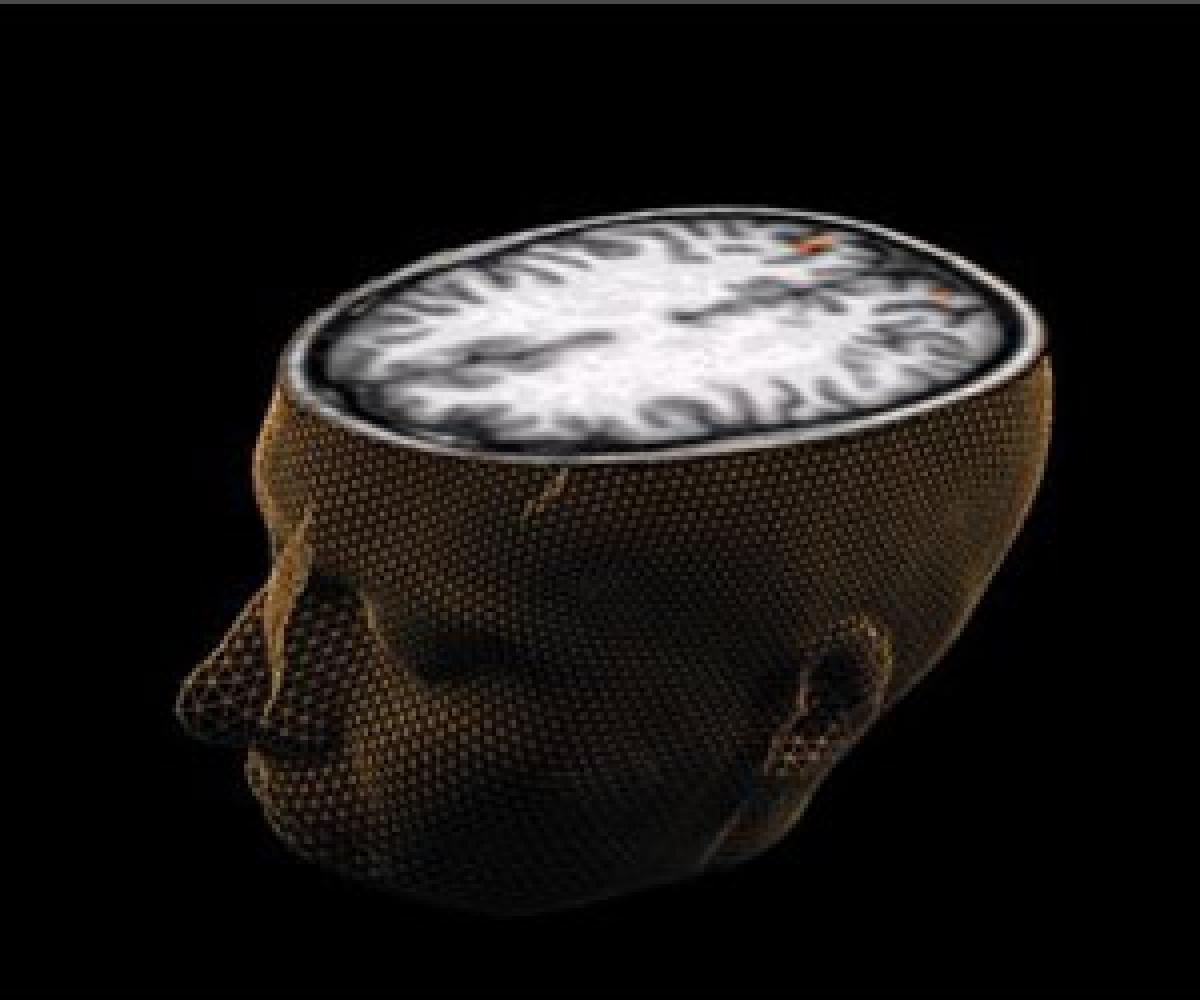Live
- GMR Airports Unveils AI-Powered Digital Twin Platform to Transform Airport Operations
- India poised to become leading maritime player: PM Modi
- Top Causes of Kidney Stones and How to Recognize Silent Symptoms
- India’s renewable energy capacity logs 14.2 pc growth at 213.7 GW
- Winter Session of Odisha Assembly adjourned sine die
- Biden calls Trump's tariff approach 'major mistake'
- After Drama Over Eknath Shinde’s Chief Minister Race, Maharashtra Cabinet Formation Faces New Tensions
- Egyptian FM, Blinken discuss recent developments in Syria
- Iran's supreme leader says Syria's developments result of US-Israeli 'plot'
- Elon Musk to Purchase $100 Million Luxury Mansion Next to Donald Trump's Mar-a-Lago, Report Reveals
Just In

Researchers at the RIKEN Brain Science Institute in Japan have found that a deep-brain structure called the habenula contains two neural circuits that work in a complex interplay to influence whether a fight will be a win or loss.
Washington D.C : According to a recent study, fights are won and lost in the brain.
Researchers at the RIKEN Brain Science Institute in Japan have found that a deep-brain structure called the habenula contains two neural circuits that work in a complex interplay to influence whether a fight will be a win or loss.
The circuits, which originate in the habenula and pass through the interpeduncular nucleus (IPN), terminate in the dorsal tegmental area. This part of the fish brain is thought to correspond to a region in mammals called the periaqueductal gray that regulates fight and flight behaviors. The proximity and possible homology of these brain areas inspired an investigation into whether the habenula is also involved in freezing, fleeing, and fighting behaviors.
The results establish that two sub-regions of the dorsal habenula (dHb) antagonistically regulate the outcome of zebrafish fights, with activity in the lateral and medial parts associated with surrender or continuing aggression, respectively. To probe the circuits, the team led by Hitoshi Okamoto documented the signaling, circling, biting, and surrender behaviors in zebrafish clashes for dominance.
They then measured the local field potentials, the summed electric current from a small group of neurons, in the IPN of winning and losing fish in vivo. When sub-regions in the upstream dHb were electrically stimulated, activity in the dorsal (dIPN), but not ventral IPN, was reduced in loser fish.
In the experiments, activity levels were not significantly different between winner, loser, and naive (non-fighting) fish in the other circuit (medial sub-region of dHb to ventral IPN).
According to lead author Ming-Yi Chou, the IPN weighs the habenular inputs, essentially acting like a calculator of the outcome of the fight behavior.
Transgenic fish, in which these circuits were selectively silenced with a nerve toxin, provided definitive evidence. Without activity in the dHbL to dIPN circuit, fish were much more likely to lose a fight. By contrast, silencing dHbM activity disposed the fish to win their fights. These transgenic fish were not developmentally or physically different from their wildtype counterparts, so the implication is that transmission in the habenula-IPN circuits is decisive to the fight outcome.
An additional finding was that loser fish with reduced activity from the ventral habenula (vHb) to the median raphe nucleus (MR) didn't behave like losers, prompting continued attacks from the opponent fish. The Okamoto group had previously found this neural pathway in zebrafish to be essential for learning how to avoid danger in the presence of threat signals.
The lack of proper avoidance behaviors in the loser fish may be due to downstream areas that receive projections from the habenula. The dorsal and median raphe, which receive input from the IPN, are also thought to act antagonistically, affecting stress resilience in animals. Interneurons within IPN may also be competing with each other.
"These same circuits exist in all vertebrates, including humans, with possibly the same bistable mechanism," said Okamoto. Devising an equation to describe the activity and its bifurcation into winner and loser states would allow the prediction of fight outcomes purely from neural data.
The study appears in Science.

© 2024 Hyderabad Media House Limited/The Hans India. All rights reserved. Powered by hocalwire.com







